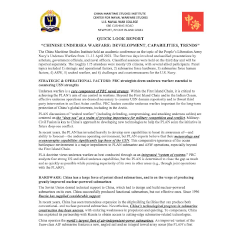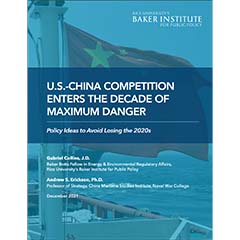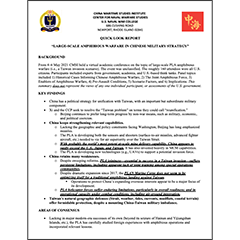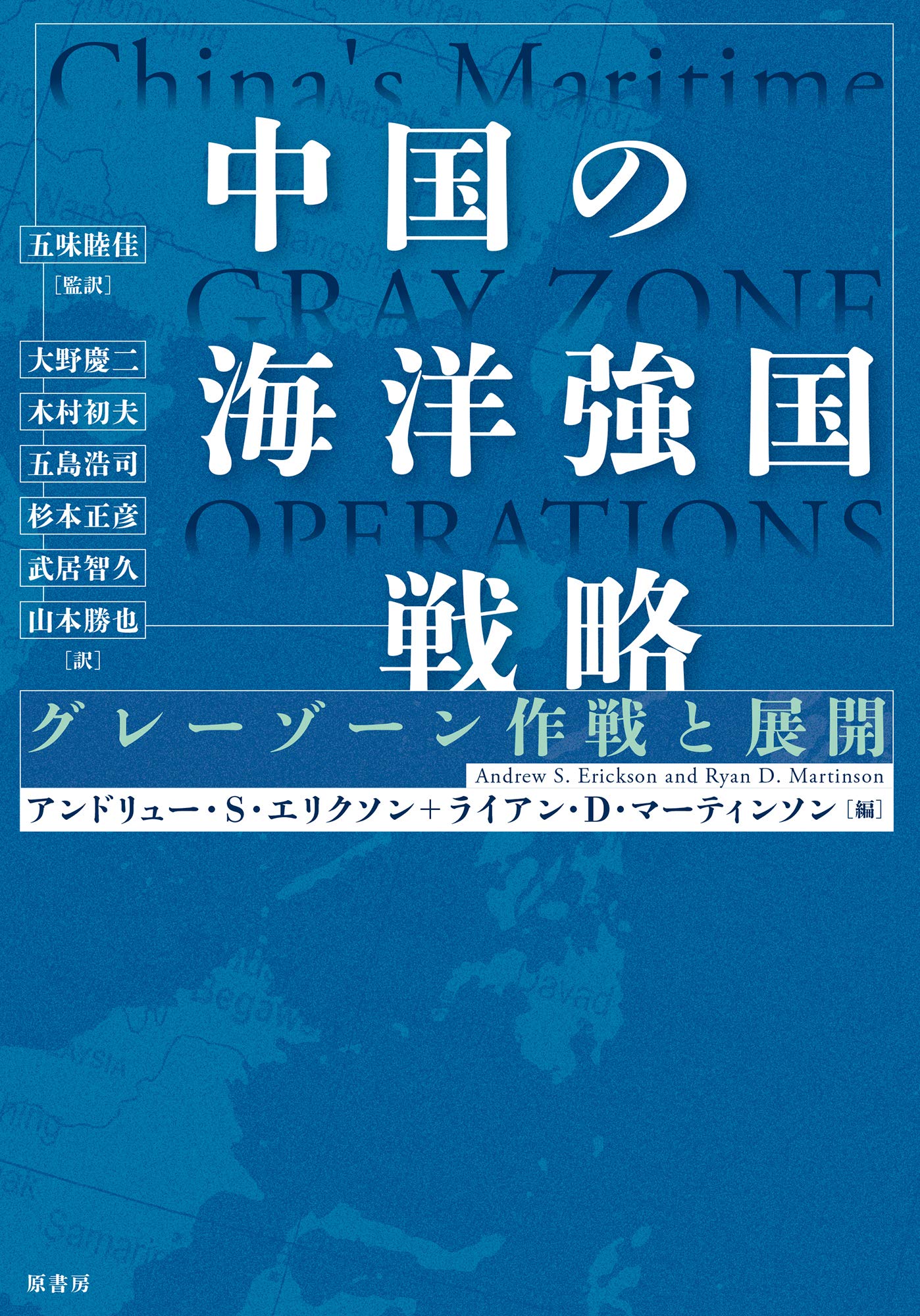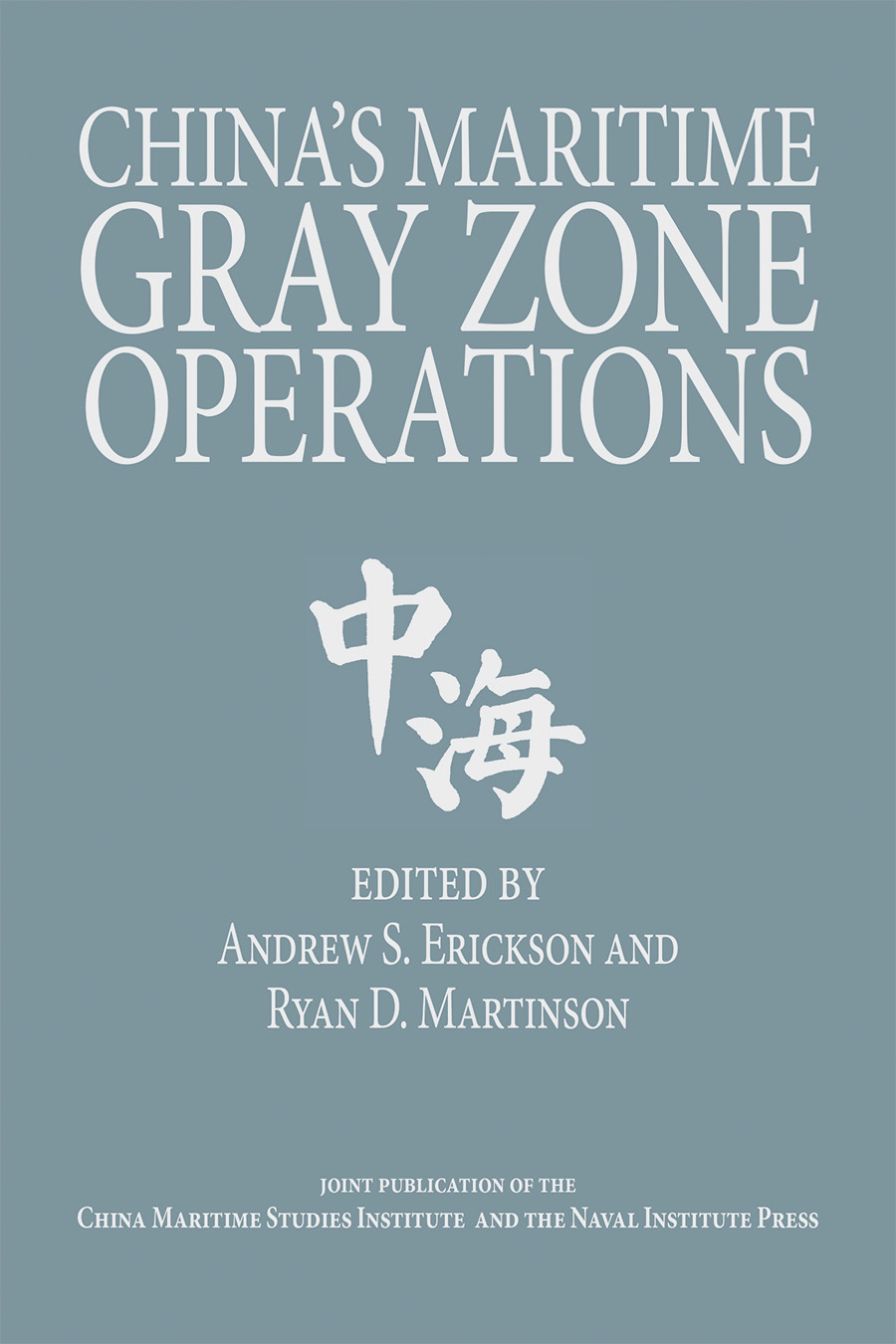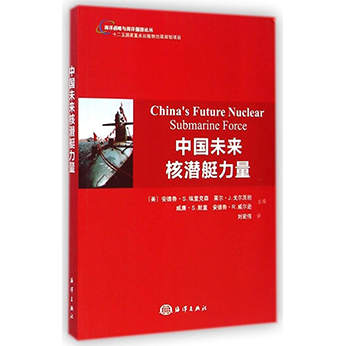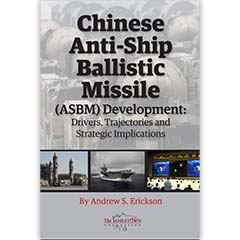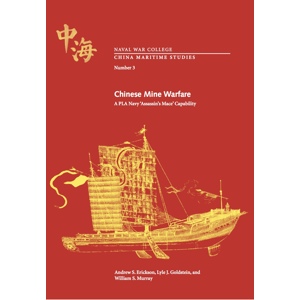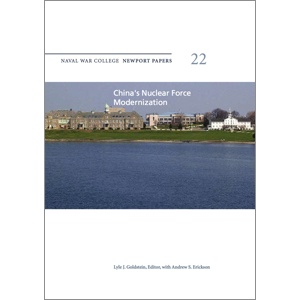The J-36 and Shenyang Stealth Fighters: China’s Great Aerospace Leap
Andrew S. Erickson, “The J-36 and Shenyang Stealth Fighters: China’s Great Aerospace Leap,” 19FortyFive, 31 December 2024.
China’s Two New Stealth Fighters: Heralding Defense Industrial Warfare: It’s that time again, when end-of-the-year advancements roll out in the People’s Republic of China…
China’s Two New Stealth Fighters: Heralding Defense Industrial Warfare: It’s that time again, when end-of-the-year advancements roll out in the People’s Republic of China (PRC). On 26 December, just in time for Mao’s birthday in China and Boxing Day elsewhere, footage of two “tailless” developmental “stealth” aircraft debuted within hours. The first is a large, heavy, crewed triple-engine double-delta-wing. Analysts dub it the “J-36” based on the root of its forward fuselage (“BORT”) number (36011) . A two-seat J-20S fighter serving as chase plane suggests the delta wing may be developed by the same Chengdu Aircraft Industry Group.
This unprecedented diamond-shaped tailless design, with unique intake layout and angled trailing edge intersecting its thrust nozzles, eliminates a major radar signature source across bands and aspects. Capacious fuselage offers significant internal space for fuel and weapons, implying a high-altitude, high-endurance tactical combat platform. Observers’ name and role interpretations range from a JH-XX “tactical/regional bomber” to a “J-XD” or “sixth-generation fighter” (China’s counterpart to the U.S. Air Force’s Next-Generation Air Dominance air superiority initiative).
The second airframe is a smaller twin-engine, sharply-swept wing lacking a vertical stabilizer. Apparent use of a J-16 chase aircraft suggests it is developed by Shenyang Aircraft Corporation. China’s two strikingly-configured new airframes have manifold features associated with the latest cohort of low-observable aircraft, including radar absorbing material and inlets and outlets positioned and shaped to minimize radar deflection. Tailessness mirrors international state-of-the-art efforts, including the Northrop Grumman B-2’s split rudders and B-21’s sleek flying wing configuration.
While details remain fuzzy and there have been no official comments yet, broader dynamics are already clear. Public availability of video footage readily taken in daylight appears authorized. These apparent combat aircraft demonstrators are part of a larger PRC defense modernization—the postwar era’s most dramatic. The scope and scale of China’s military aviation advances evokes the Luftwaffe’s relentless rise amid Germany’s ramp-up for World War II. Today no other nation is working simultaneously on so many distinct military aircraft programs in general, or so many modern tactical jet programs in particular, as China. In aviation and beyond, no other nation is pursuing so many major military megaprojects. Welcome to the new PRC-led era of defense industrial warfare! … … …
Conclusion: Capabilities and Corruption Coexist
China’s two new combat aircraft demonstrators are best understood not as portending invincible stealthiness but rather as defense industrial capability indicators and potentially potent weapons platforms; particularly for missiles of long and increasing range, such as formidable PL-series AAMs. It is achievements like these that lead the Pentagon to conclude the PLAAF is “rapidly approaching technology typical of U.S. standards.” Regionally-operating U.S. and Allied tanker, airborne early warning and control, and reconnaissance aircraft may become particularly vulnerable, together with surface ships and ground-based forces. Like their enemy counterparts, the emerging advanced PRC aircraft could employ drone “wingmen” to enhance their survivability and lethality.
While it is dangerous to underestimate China’s capabilities, it is deceptive to reify stealth. Rather than worshiping these airborne marvels excessively, we must understand electromagnetic detection science. Never a panacea, low observable technology is ever less game-changing with the relentless onslaught of detection means. No matter how well radar and thermal radiation emissions are cloaked within a low-observable aircraft, and however well-developed and -maintained its sensitive skin, it is ever-more-vulnerable to an array of increasingly sophisticated, persistent countermeasures. China itself “manufactures a variety of long-range air surveillance radars, including models claiming…the ability to detect stealth aircraft,” the Pentagon documents. “Marketing materials emphasize these systems’ ability to counter long-range airborne strike and combat support aircraft.” PRC journals brim with technical analyses, including regarding such stealth aircraft detection techniques as passive coherent location—see examples here, here, here, and here. It is creative use of the full electromagnetic spectrum, to which China has devoted comprehensive attention, that observers should more broadly situate their interest in stealth.
Finally, the latest revealing of important new PRC airpower developments is a telling reminder of just how much capability China’s military continues accruing despite endemic corruption. The 13 full generals, 18 lieutenant generals, and more than 50 major generals removed under Xi for “graft” include those in the PLAAF’s two highest positions. PLAAF Political Commissar Tian Xiusi fell on 9 July 2016, PLAAF Commander Ding Laihang on 4 December 2024. Despite some leadership churn, however, China’s Air Force thunders on. No longer middling in any aerospace aspect, the Middle Kingdom has developed a massive defense base, tests frequently, and moves fast. The exquisite warfare that Washington mastered over the past three-plus decades risks being overtaken by the industrial warfare for which Beijing rapidly prepares, portending intense, protracted application of military might. As a new year dawns, America must double down on shoring up defenses, emphasizing missiles in particular. And ensure that China doesn’t get to Joe at Cincinnati Milacron.




